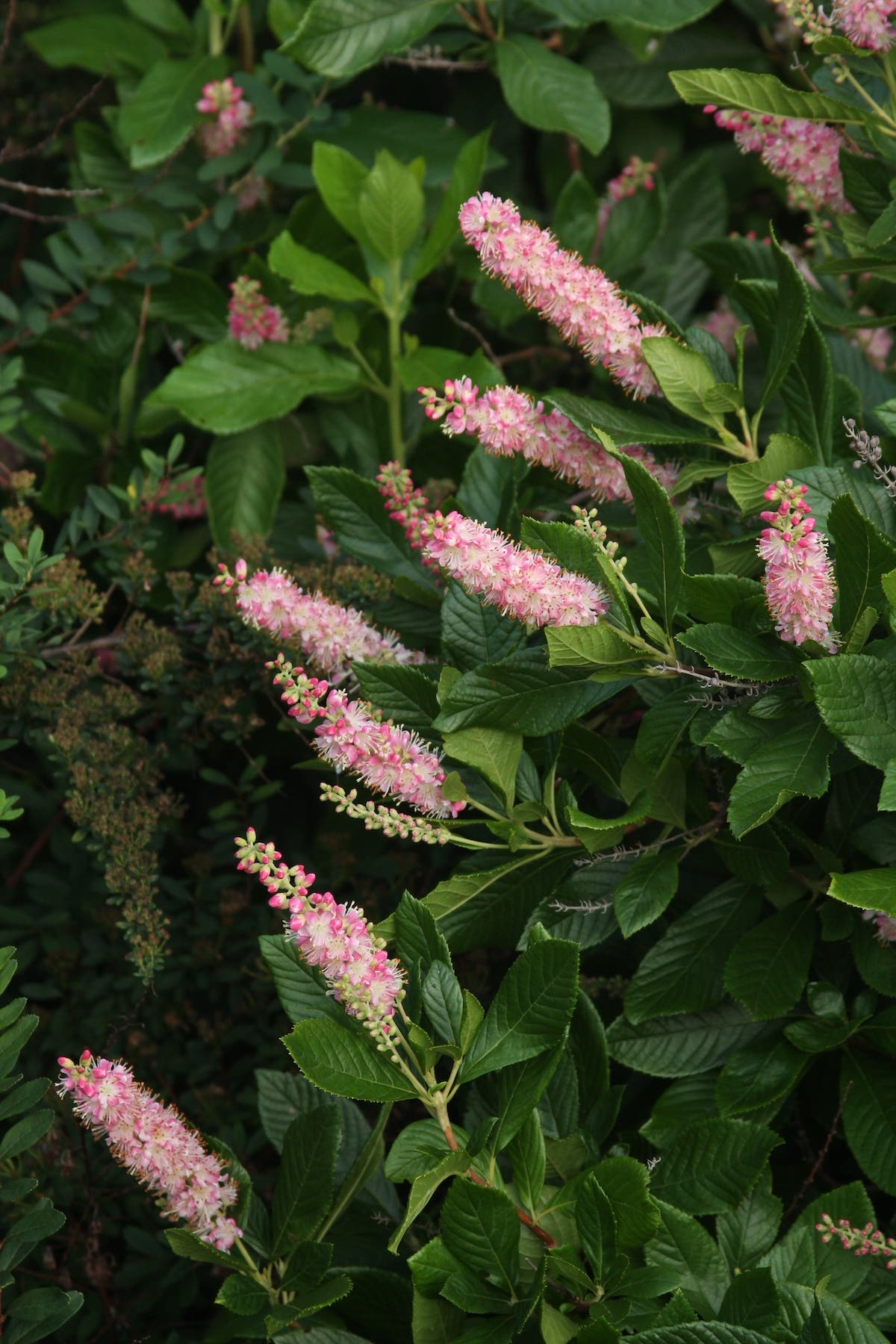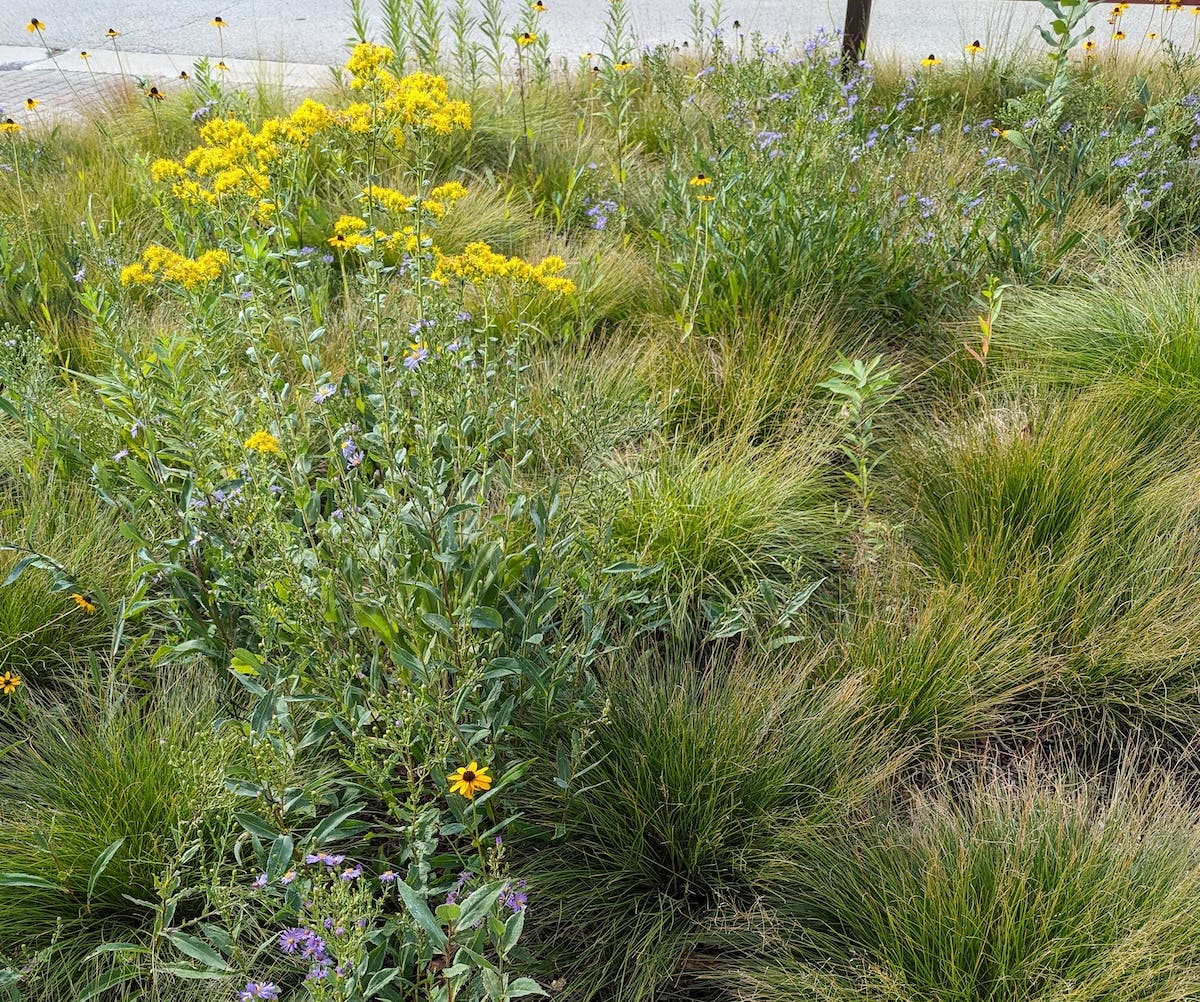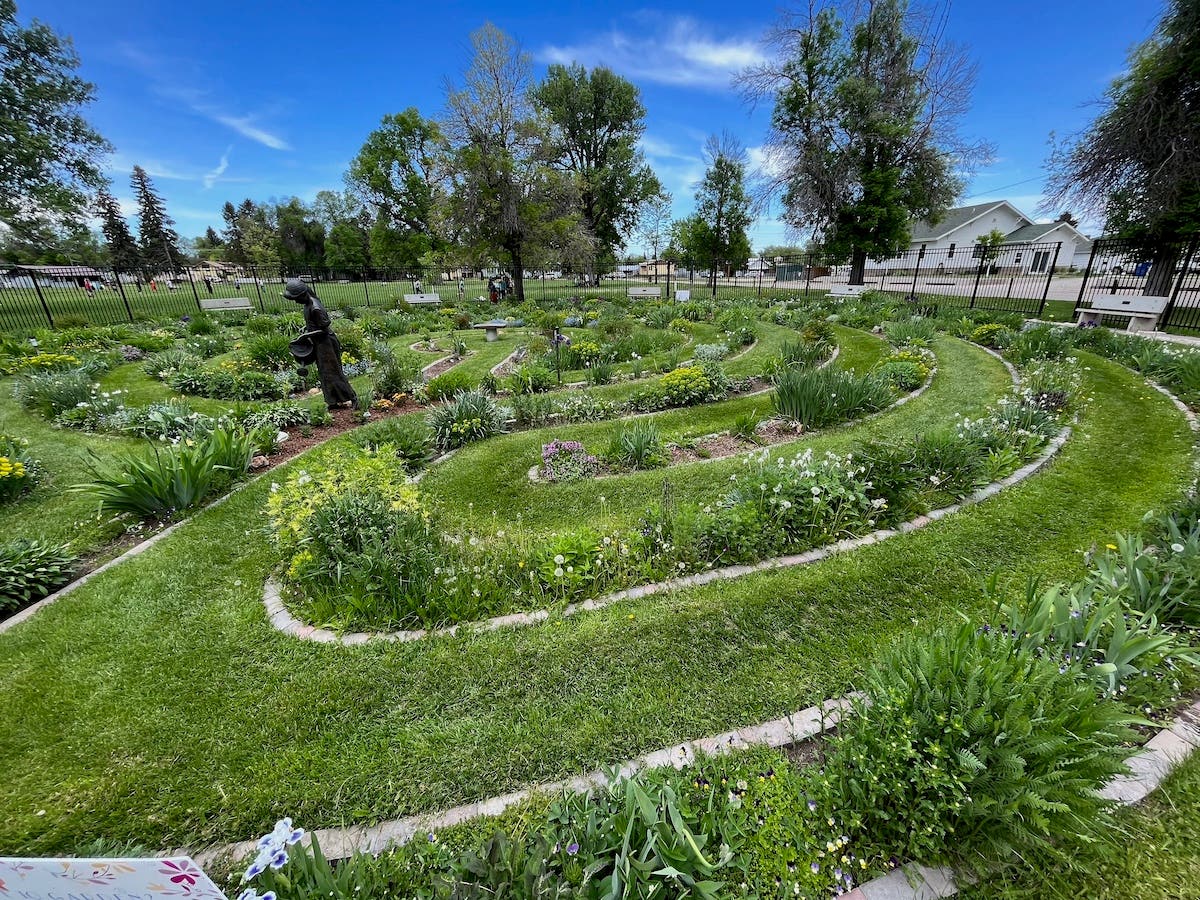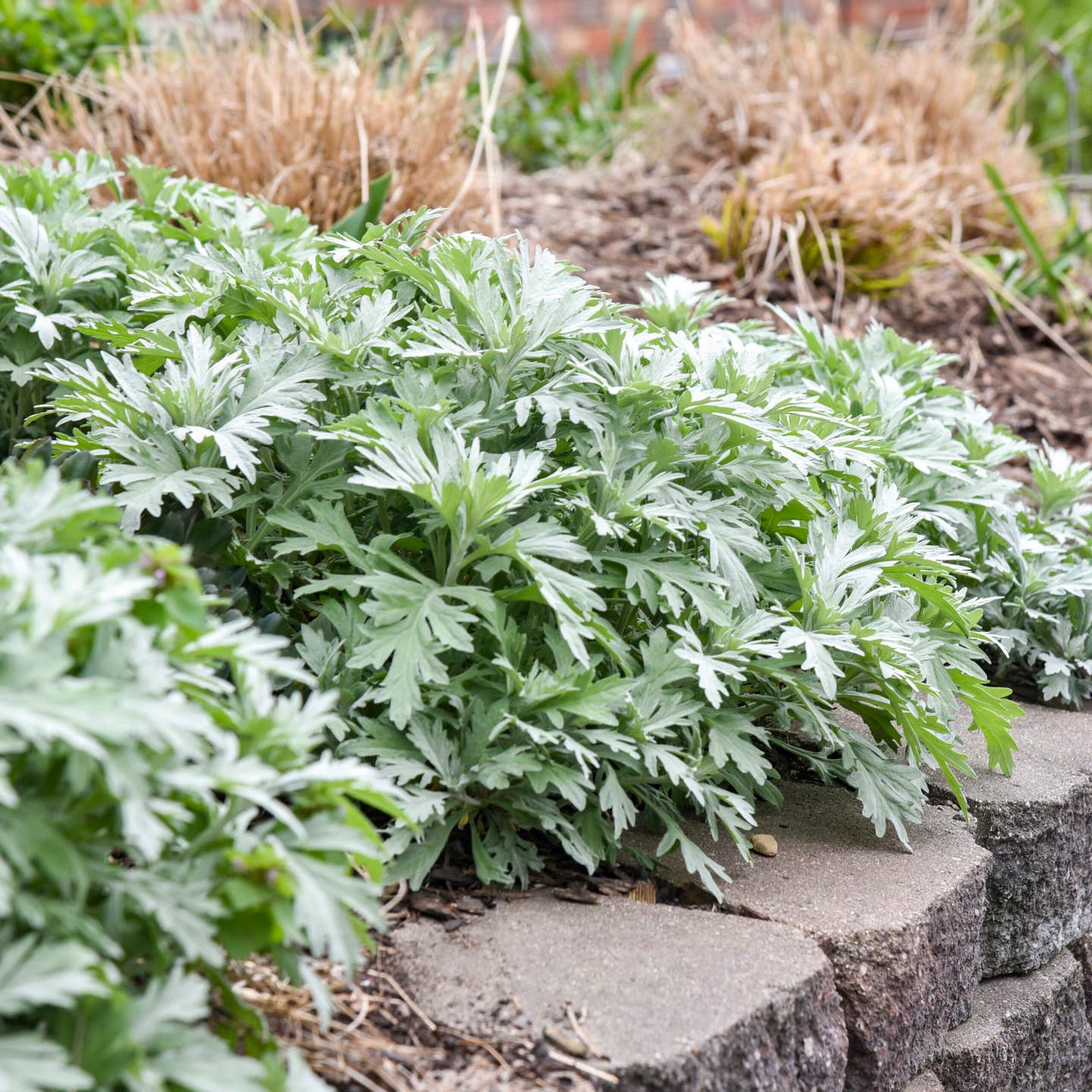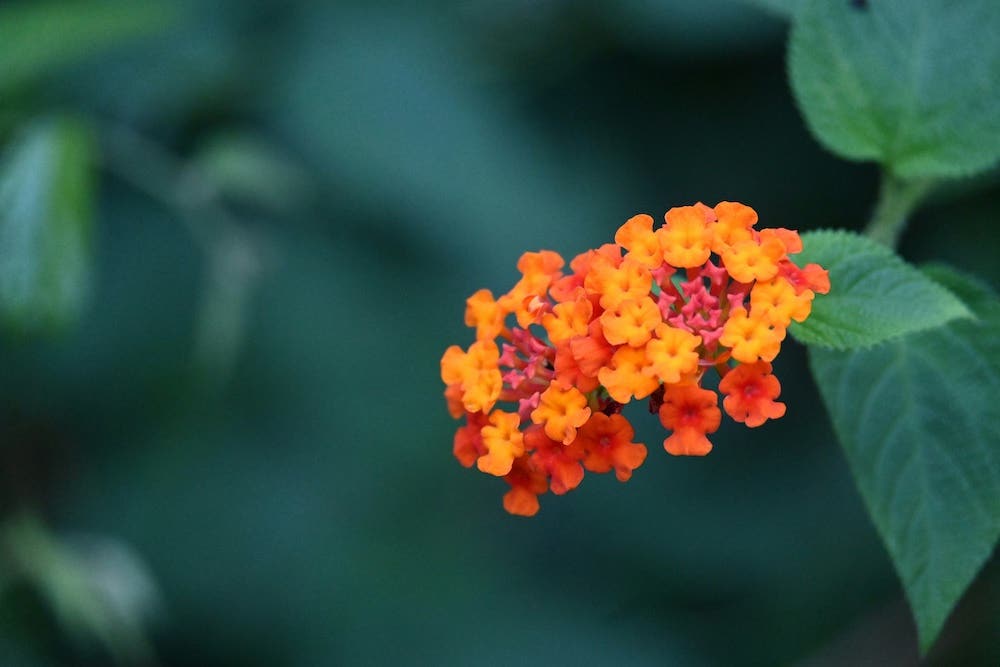Berries for Birds
Planting berrying shrubs or trees is the quickest way to increase the value of one’s property to wildlife. The natural habitat of the groups suggested here is for the most…
Planting berrying shrubs or trees is the quickest way to increase the value of one's property to wildlife. The natural habitat of the groups suggested here is for the most part open, sunny borders such as along a fence; some could also be used against woodland. These genera have a broad distribution; almost all are represented by at least one species in every part of the country. Mix them together to make a hedgerow, which offers birds food plus shelter.
Summer Fruiting
Amelanchier spp. (shadblow, serviceberry, Juneberry)
Most serviceberries are woodland understory trees, but they can be grown in full sun in hedgerows too. Amelanchier stolonifera is a thicketing species only four feet high, with a cloud of delicate white flowers in April, blue fruits in June, and spectacular autumn color that typify members of this genus.
Vaccinium spp. (blueberries, huckleberries, and kin)
Definitely the most versatile summer berries, ranging from groundcovers to eight-footers, with May bell blossoms in white to pink, dessert-quality berrier, and brilliant scarlet fall color. Adaptable as to moisture and light, but all require acid soil.
Prunus spp. (black cherry, pin cherry, chokecherry)
This enormous genus contains many famous ornamentals and gourmet fruits, but as far as birds are concerned, those that matter most are native pioneers that bloom and fruit best in full sun and typically cope with poor soil. I don't know that I'd buy these bird trees, but I wouldn't cut them down if I could help it.
Rubus spp. (raspberries, blackberries, dewberries, etc.)
Countless species, natural hybrids, and cultivated varieties. For winter shelter for ground birds, grow them as a bramble in unmowed grass the way they grow in the wild, unpruned. They can become unkempt in a hedgerow if not kept in check.
Rhamnus spp. (buckthorns)
Cascara buckthorn (R. purshiana), a small hedgerow tree, and coffeeberry (R. californica), a more shrublike species, are important wildlife food plants in the West. The eastern counterpart is R. caroliniana, Indian cherry. Be careful not to buy European buckthorn (R. cathartica) or alder buckthorn (R. frangula), both of which are persistent weeds.
Fall Fruiting
Sorbus spp. (mountain ashes)
The eastern species, S. americana, grows to 25 feet, but the ferny foliage casts only light shade, so it might be used to good effect in a south-facing hedgerow; Green's mountain ash (S. scopulina), a western species, is a tall shrub. Both are loaded with orange berries from late summer into fall.
Cornus spp. (flowering dogwood, gray dogwood, and others, including the exotic but naturalized cornelian cherry, but not C. kousa, a monkey berry tree not frequented by birds) Birds passing through eat first those berries that are the most nutritious, and the starchy berries of dogwoods go fast. Flowering dogwood (C. florida) is the best known ornamental, but in deep shade try pagoda dogwood (C. alternifolia), whose blue berries ripen much earlier. A dwarf form of red osier dogwood, C. stolonifera, forms knee-high thickets in moist soil, in sun. The gorgeous gray dogwood (C. racemosa) thickets and berries well in either sun or light shade, but it is best planted by itself where mowing will keep it from spreading by root sprouts.
Malus spp. (crab apples and apples)
Our native crab apples are seldom offered in the trade, although many ornamentals, commercially grown or naturalized in the wild, may be hybrids with American species. There's no sense being a purist here. Look for varieties whose fruits are brightly colored and under one-half inch in diameter. Even at this size, migrating birds often wait until the fruit has been softened by frost.
Viburnum spp. (arrowwood, witherod, cranberry bush, blackhaw, and many more)
A great group for foliage, form, flower, and fruit, but beware those species or varieties with the showiest bloom. Fertile flowers, the ones that produce berries, are the inconspicuous ones toward the center of the inflorescence. Large-petaled flowers are usually just for show, to attract pollinators. If the whole cluster is large-petaled, it will look great in bloom but won't bear fruit.
Persisting into Winter
Rosa spp. (roses) To give birds an alternative to multiflora roses, hips must be numerous and small. Cultivated roses don't answer the need, nor do naturalized rugosa roses, whose hips are very large. Three native species widely available are swamp rose (R. palustris), shining rose (R. nitida), and Virginia rose (R. virginiana); many others are adapted to various parts of the country.
Crataegus spp. (hawthorns)
Many species, routinely gorgeous in bloom and berry and in both summer and autumn foliage. Most have long, sharp thorns, but a few are thornless. Hawthorns range in habit from small, neatly shaped trees to multistemmed shrubs, and many are notable for picturesque structure that adds winter interest in the hedgerow.
Ilex spp. (hollies, evergreen and deciduous)
For a large evergreen, perhaps for one end of a hedgerow, I suggest the magnificent I. opaca, a conical red-berried tree strangely neglected in favor of European species. Inkberry (I. glabra) is a small-leaved, bushy evergreen shrub with black fruits; the species grows to six feet, but a dwarf form is also available. Winterberry (I. verticillata) is a tall, deciduous shrub of excellent form that holds its bountiful red berries almost until spring.
TEXT FROM NOAH'S GARDEN. 1993 by Sara Stein. REPRINTED WITH PERMISSION.


